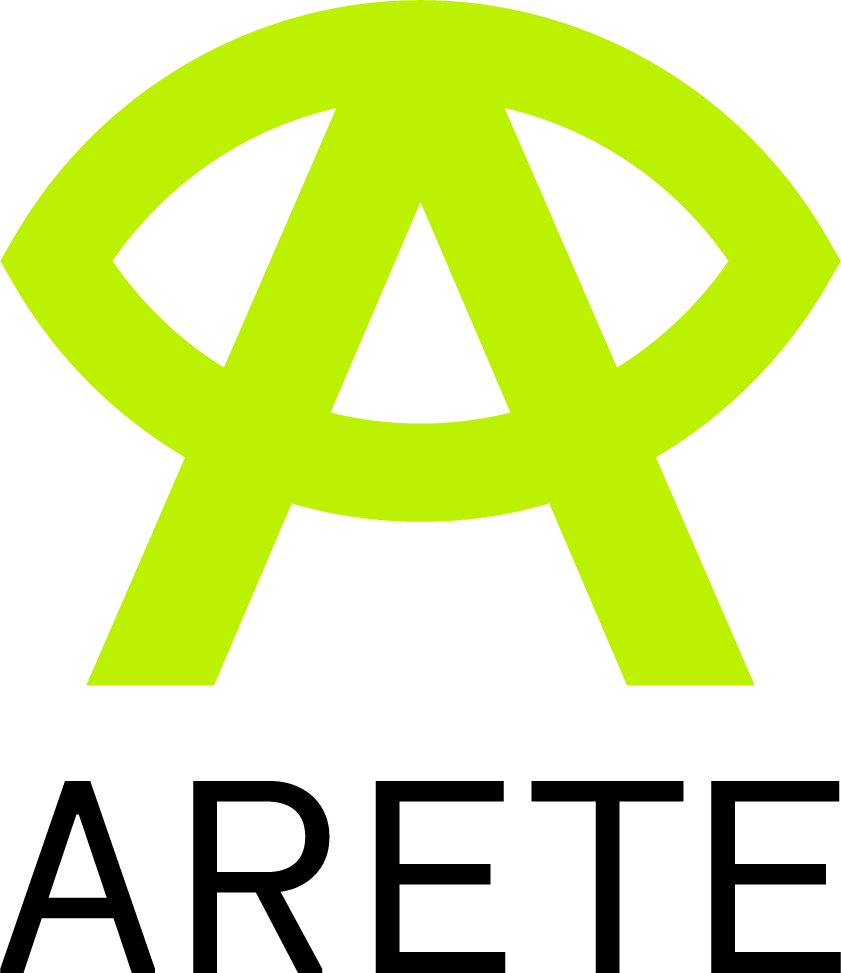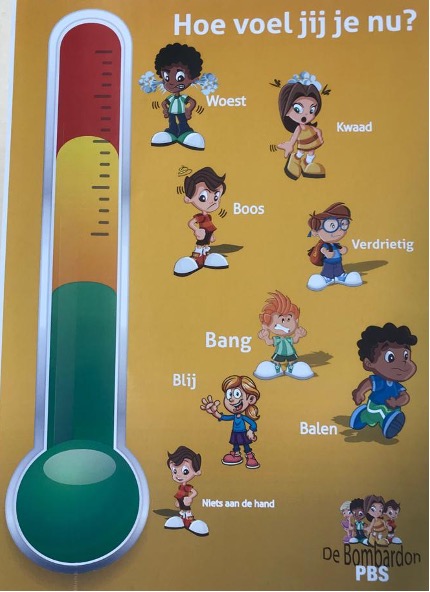Giving our native tongue new tastes- How AR can help you learn languages
According to the 2015 Census in the United States, there are reportedly 350 languages spoken in US homes
Some of the most popular languages include English, Chinese (both Mandarin and Cantonese), Tagalog (A language from the Philippines), Vietnamese, Arabic, Korean and French.
Language is our way of communicating, and given this fact, there should be no doubt that we are living in a multicultural and diverse (and thus a richer) society. Being able to converse and connect with the world and its inhabitants is now more important than ever.
Society informs us that the earlier we learn a language, the better. There are four key components to language: verbal, non-verbal, written and visual. This not only allows us to have a conversation, but to speak and understand a language more fluently. In a study by MIT, there is a critical period in childhood for children to learn a second language with native-speaker proficiency by the age of 10.
With this knowledge and information, we as educators can use this to help our children learn languages better. Play and interaction are necessary for children to learn, but there is another brilliant medium we can use to help them learn languages: Augmented Reality (AR) technology.
AR is already being applied in certain K-12 schools, where all the teacher and students need are a smartphone/tablet and an AR supported app to make the world come alive. CleverBooks is one example of such an app, which helps young students to learn Geography and STEM related subjects via AR.

Researchers have shown that we are capable of learning and speaking at least two languages, if not more, throughout our lifetime. Meanwhile, research into AR shows that this type of technology can help you to learn and absorb information quicker. In a study by Neuro-Insight, Zappar and Mindshare UK, information that was stored into the participant’s memory was 70 per cent higher for those who used AR.
AR technology enables us to teach and learn languages by allowing us to interact with the physical world around us using digital content that is layered on our physical world.
As we all know, children’s brains are made to absorb information. Given this, it would seem logical to combine teaching language to children via AR.
One blog, The Future of Language Learning: Augmented Reality vs Virtual Reality, explains: ‘Spatial-contextual awareness enables users to explore their surroundings and gives them phrases relevant to their time and place.’
AR could also be used to flash up useful phrases to say in another language- for example, if you travel to Sweden and are walking around, an AR app could tell you how to say ‘good evening’ at night time, or ‘how are you?’ when talking to someone.
AR apps such as MondlyAR and Hueber can help students to achieve flawless pronunciation and fluency in a language rather than just giving them a few useful phrases. However, there is yet to be one that can be applied in the classroom for the K-12 demographic.
Children learn best when they are having fun. AR apps using flashcards or playing games that aim to teach languages- we have already been doing this for years in school, so why not take the next natural step and make it digital?
It could even be used to make learning lesser-known languages more appealing. In the case of Ireland, there has been much criticism levelled at the fact that most Irish people, despite studying Irish (or Gaeilge) as a mandatory subject for school, are poor at speaking and writing it, despite most of them learning it for around 10-12 years. In this instance, AR could be used to make learning Irish more engaging, and thus, will allow Irish children all the way up through secondary/high school to better retain the information.
Learning different languages helps to open up more parts of the world to us and therefore enrich us. It can also be a huge advantage when one takes up employment, especially overseas. The more languages we have in our lexicon, the better our prospects shall be.
Hopefully the process of learning languages through AR will take off- as the old saying goes: ‘Necessity is the mother of invention.’
By: Ciarán Mather
CleverBooks Ltd.



